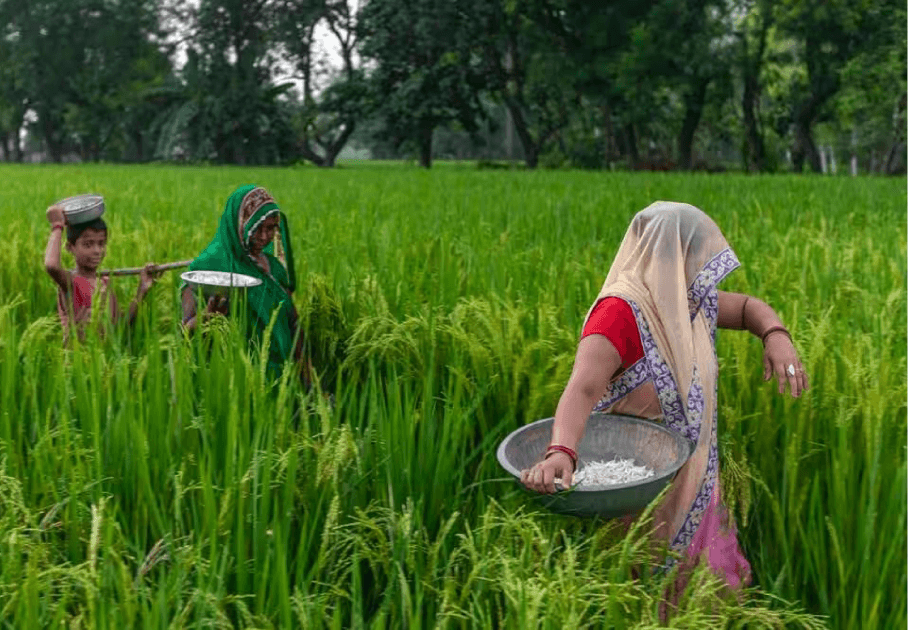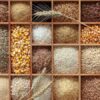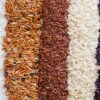Empowering Women in Rice Farming: The Unrecognized Heroes in the Role of Women in Agriculture
Rice, a global staple and a lifeline for billions owes much of its existence to the tireless efforts of rice farmers. While the image of a farmer often conjures visions of men toiling in the fields, it’s essential to recognize that women play an equally significant, if not more substantial, role in rice cultivation worldwide.
Women Farmers: Breaking Stereotypes
Traditionally, the term “farmer” has been associated with men, but the reality is far more diverse. According to the International Rice Research Institute (IRRI), approximately 500 million women worldwide are actively engaged in rice cultivation. This accounts for a staggering 47% of the global agricultural labor force. However, what’s disheartening is that a substantial 87% of women’s agricultural labor remains unpaid and goes unrecognized on a global scale.
Women and Rice Farming: The Challenges
Rice cultivation is a labor-intensive endeavor, demanding physically demanding work throughout the cropping season, often carried out in less-than-ideal conditions. In many rural areas, where rice is the primary source of employment, women stand shoulder to shoulder with men in the rice fields. They have traditionally played, and continue to play, pivotal roles in pre-planting, planting, harvesting, and post-harvesting activities.

Roles of Women in Rice Production
Nursery Management: Women are responsible for creating nurseries, tilling the soil, sowing seeds, and nurturing them until they are ready for transplanting—a process that takes approximately 30 days using conventional methods.
Uprooting: After the seedlings are ready, women painstakingly uproot them from the nursery, often working in bending positions or sitting in muddy nurseries. Each seedling’s roots must be cleaned before bundling them for transplanting into the main field.
Transporting Seedlings: Women carry bundles of seedlings, weighing anywhere from 7 to 30 kilograms, from the nursery to the main field. They spread these seedlings across the field for transplanting.
Transplanting: In the main field, women stand in bending positions, planting seedlings that weigh up to 200 grams. They tirelessly plunge their hands into the mud, repeating the process a minimum of 40 times per minute.
Weeding: Women continue to work in bending positions, weeding the field—an exhausting task repeated two or three times before harvesting.
Harvesting and Processing: In the final stages, women bundle rice crops, separate rice from the stalks, dry the rice, and engage in the milling process.
Being a farmer is challenging, but being a woman farmer adds an extra layer of difficulty. Women in agriculture not only have to manage the fields but also shoulder responsibilities within their families. Unfortunately, many aspects of their work remain unrecognized, as people often perceive it as an extension of their typical household duties.
Empowerment and Recognition: The Way Forward
Given that women often have limited access to resources and agricultural technologies, their potential for personal and professional growth through farming remains unrealized. It’s high time we recognize and celebrate the essential roles women play in the agriculture sector. Empowering women in agriculture involves providing training and leadership opportunities, ultimately boosting their confidence and status within both the family and the community.
As we acknowledge the contributions of these unrecognized heroes and their redefined role of women in agriculture, we move one step closer to achieving gender equality and fostering sustainable agriculture. Empowering women in rice farming isn’t just a matter of equality; it’s a necessity for the growth and well-being of the industry as a whole.




